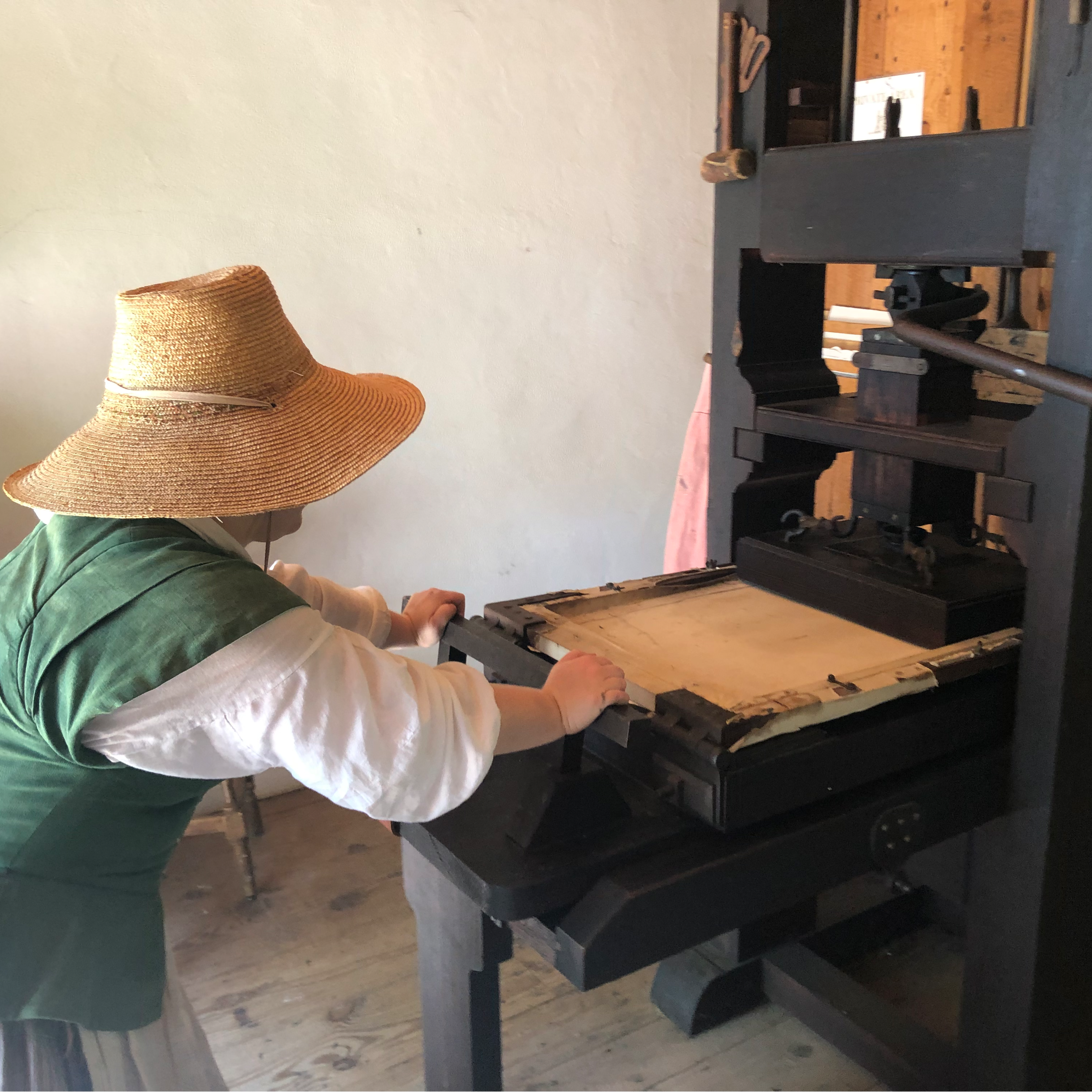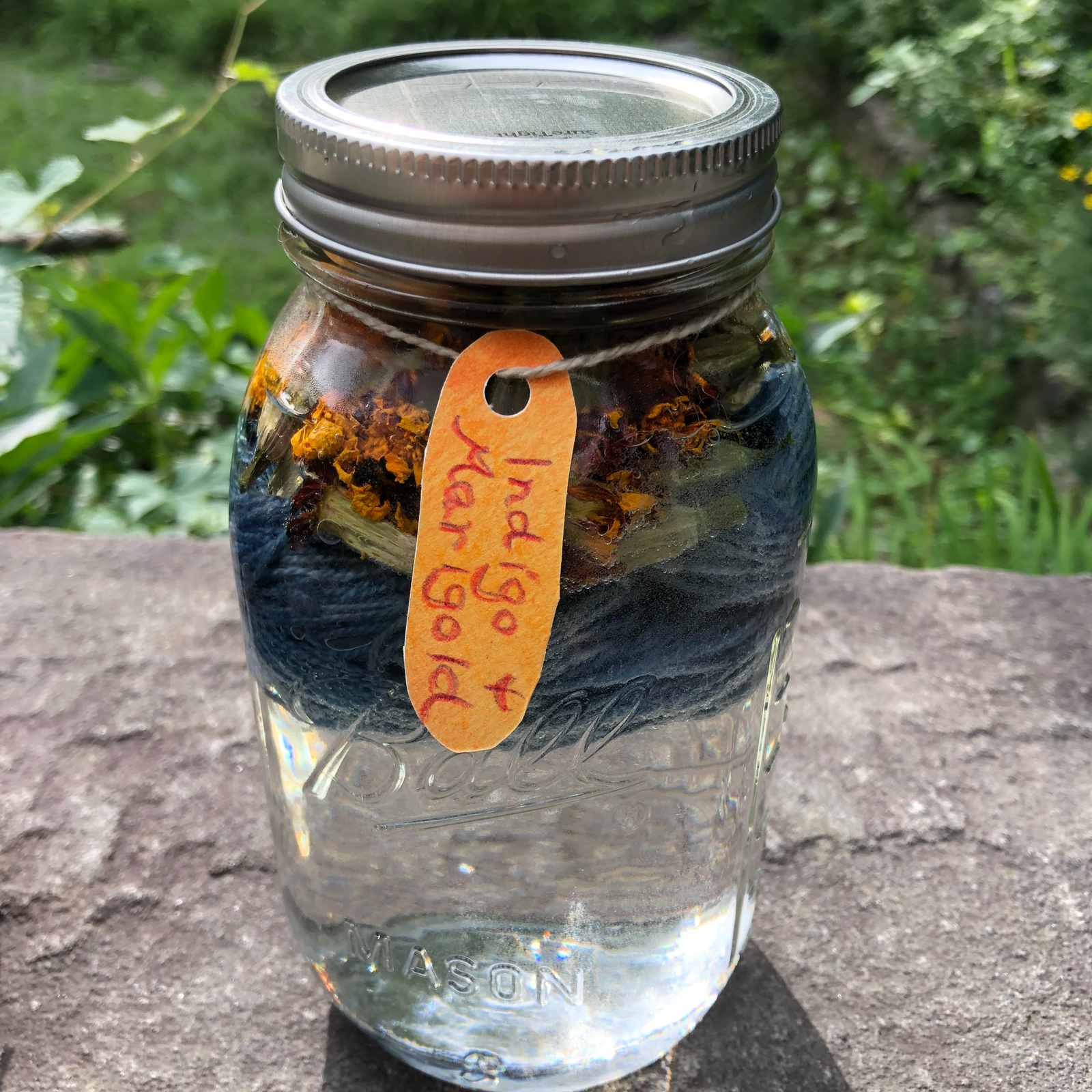If you're curious, the second half of the school year will be Magic Tricks!
The final Spy Science activity is making a secret book box. We read about these last year in The Evolution of Calpurnia Tate, chapter 5.

I highly recommend watching these video instructions:
How to Make a Secret Box from an Old Vintage Book • DIY Tutorial
Thu Jan 16
- Explain project and pass out volumes of my vintage 1954 Richards Topical Encyclopedia, one per child. Let them trade if they'd like to. This red leather bound set is lovely, and I've enjoyed looking at it on the shelf, but it's out-of-date and not really useful as a reference material. This project is the perfect use for these beautiful books! And I'm keeping all the insides for collage.
In fact, after Ms. Bridget and I cut the pages out of their books, the children had great fun looking through them! And they immediately began bringing me images that we can use in our current study of Ancient Greece & Rome.
so they were really excited to find this!
Some children set aside favorite illustrations to use to decorate their box.
Have each child mark the stack of pages from the inside of their book with their initials, in case they'd like to use them for the measurement of the height of their box. That measurement is a bit tricky to get from an empty binding!
Demonstrate how the interior "box" is really a tray, and they will only need to measure and cut five sides (two short sides, two long sides, and the bottom). Look at our scissors box for an example.
Tell the children that today's task is to create a prototype of their box using old file folders (we did this last year when building cardboard boats and it worked really well)! Pass out file folders, rulers, scissors, and tape.
Thank you to Ms. Kamea for also coming to help! Having three adults for 11 children meant that we could each work with a small group. Some children required a lot of help with measuring, and some were more confident. It was interesting to watch them discover that an inch is divided into 16ths! There was a lot of frustration with that, as well as figuring out how to write a fraction. Even children who have learned fractions in math class didn't automatically transfer that skill over to this real-life task.
In the future, I would go over how to read a ruler with the whole group first, using this graphic:
How to Read a Ruler - $1.99 at TpT
They also had to figure out how they were going to label the three measurements they needed to build a 3-D box. What do you call each side? Again, some were more confident and some were baffled.
This student took measurement notes on the bottom piece with arrows showing which side she meant. Good strategy!
Children who worked with the centimeter side of the ruler got to practice writing decimals.
At the end of the two hours, many children had made their box prototypes. Pro tip: One child figured out that by closing the file folder BEFORE cutting out a piece, you got two pieces at once!
When we packed up all of our supplies, I suggested that children re-insert their stack of pages into their book, if they didn't yet have a box prototype, since the empty leather spines are a bit fragile and I think it damages them to be stored flat. We did strengthen the inside of the binding by glueing over it an extra page from the page stack, as she suggests in the video.
For next week, I will use their prototype measurements to cut the sides (each book is a slightly different height) and bottoms (each book is 6 3/8 x 9 3/4 inches) using a sharp blade and the sturdy paperboard backings saved from pads of art paper. They will use wood glue to assemble their boxes, and cover the ends of them with marbleized paper so that they look even more like a vintage book!
Here's my beautiful Second Edition Unabridged Webster's Dictionary from 1959, which was donated to our school by Touch of Nature.
I think the children will really enjoy working with marbleized paper!


Sat Jan 18
UPDATE! Today Kamea and I realized that if we cut the box bottoms AND sides of very thick paperboard, the sides would then be too high (stacked on the height of the bottoms) and the box wouldn't shut! So we are cutting all of the bottom pieces out of file folder, and then the sides of sturdy paperboard. We are also cutting Brain Blox in fourths, for the children to glue into the corners for extra strength.
Thu Jan 23
- It took an hour for me to throroughly explain and demonstrate the entire process, but the remaining hour of work time was enough for 12 book boxes to be made! They worked quickly and well.
STATION ONE
At station 1, you receive your book and the pieces you need for your box. Check to make sure you have all five pieces. Choose your favorite design of the marbled paper. The long cardboard piece will fit if you lay it down on the diagonal, so begin with that! Take one of your long pieces, lay it down on the diagonal on the marbled paper, and trace around it with a black ultra fine point Sharpie (it will not bleed through). Cut that rectangle out. Use that same paper to also trace and cut out your two short pieces. One of the long pieces will stay naked, as it will be the side of the box that faces the inside of the book and it will not show. Lay the paper rectangles down on some scrap paper, thoroughly cover them with glue stick, and carefully smooth them onto your cardboard rectangles. If you have accidentally put the decorative paper on the side of your cardboard that had your initials on it, use a pencil to write your initials on the back. That will prevent arguing about whose piece is whose.
Adhesive: glue stick
Also set out: decorative paper, black ultra fine point Sharpies, scissors, pencil, some sheets of scrap paper
STATION TWO
At station 2, get a piece of wax paper to lay your project on, and four small wooden blocks to place in the four corners of your box (which will really look more like a tray at this point). Do a dry fit first to make sure all four side of your tray line up, and to see how far in from the edges you will want to glue your wooden support blocks. This will depend on the width of the cardboard you used for your sides. Use a long toothpick to get some wood glue (which has been poured into a dish for several children to share), and position and glue down the wooden blocks first. Then spread wood glue on the bottom of each of the four sides one a time, carefully placing them. Be sure to glue them with the decorated side out!
Adhesive: wood glue
Also set out: pre-cut wax paper sheets, small blocks for extra support and to help maintain a 90 degree angle at each corner (4 per child), toothpicks, paper plates
STATION THREE
At station 3, first do a dry fit by placing your completed tray inside your book. Make sure the book closes correctly! Then put a good amount of wood glue on the inside back cover of your book and use an old credit card or stiff square of cardboard to spread it to a thin even layer. Place the tray on the glue and double-check again that the book closes correctly, and that the sides of the tray are the same distance from the edge of the book all the way around and everything looks tidy. Set your book on a piece of wax paper to dry.
Adhesive: wood glue
Also set out: pre-cut wax paper sheets, paper plates, old credit cards
This post contains affiliate links to materials I truly use for homeschooling. Qualifying purchases provide me with revenue. Thank you for your support!







































 Immersive Experience
Immersive Experience Immersive Experience
Immersive Experience








No comments:
Post a Comment